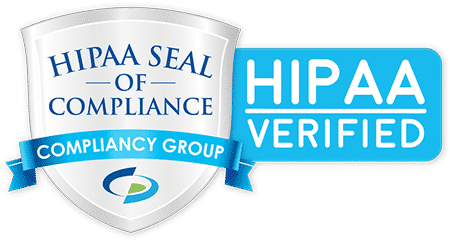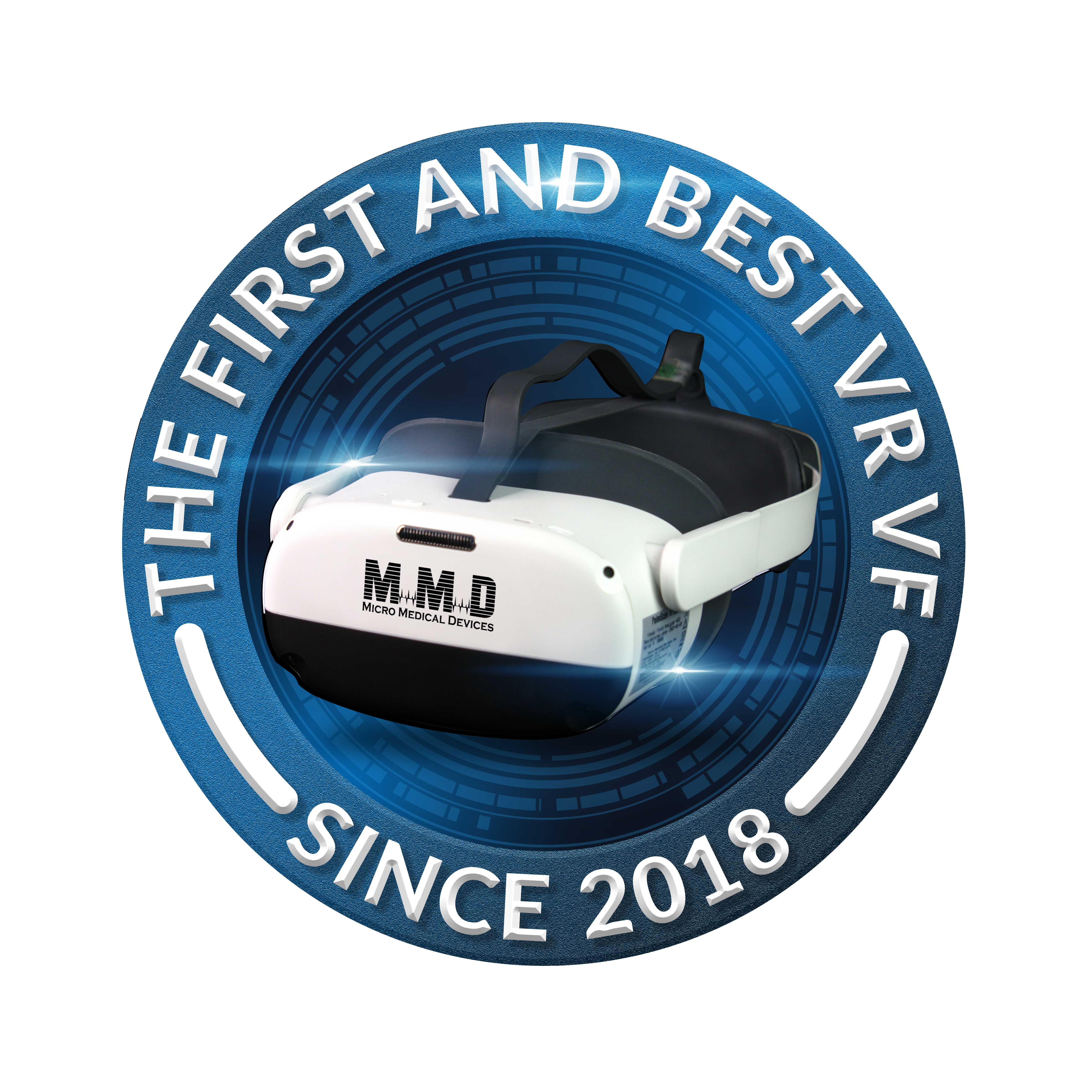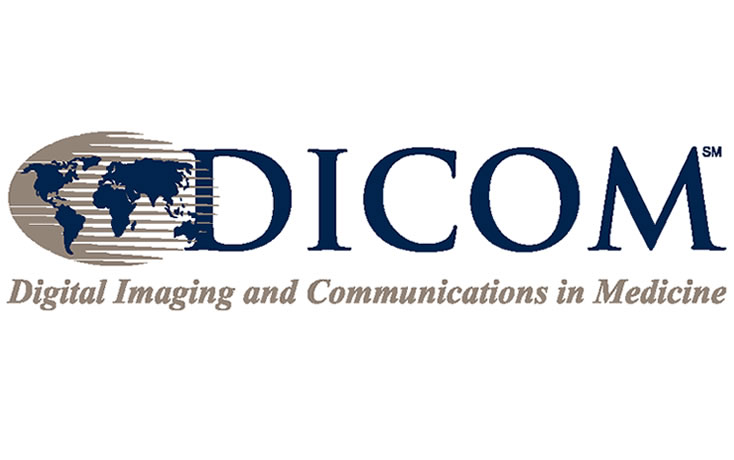In today’s rapidly evolving world of optometry and ophthalmology, accurate documentation is more important than ever. Properly establishing medical necessity for visual field testing not only ensures compliance with payer requirements but also enhances the quality and continuity of patient care.
With the advent of virtual reality visual field systems and advanced diagnostic tools like biometry, A-Scan, and Pachymetry, clinicians must align their documentation with both clinical accuracy and regulatory expectations.
Why Documenting Medical Necessity Matters
Medical necessity serves as the foundation for every reimbursable diagnostic procedure. For visual field testing, documentation must clearly establish why the test was performed — whether for glaucoma, neurological conditions, retinal disease, or unexplained visual symptoms.
Common indications that justify visual field or virtual field exams include:
-
- Glaucoma detection and progression monitoring
- Optic nerve disorders
- Retinal pathologies (e.g., macular degeneration)
- Neurological or pituitary lesions
- Unexplained vision loss or visual disturbances
Accurate documentation helps ensure that virtual perimetry and VR visual field evaluations are recognized as medically essential, not just optional screenings.
Integrating Virtual Reality in Visual Field Testing
With the introduction of vision virtual reality platforms, eye care professionals have gained access to portable, high-precision diagnostic tools. Virtual reality perimetry or VR perimetry allows clinicians to perform virtual visual field assessments with enhanced patient comfort and reduced testing time.
To support medical necessity when using virtual reality visual field systems, documentation should include:
-
- Reason for testing – specific diagnosis, symptoms, or findings (e.g., elevated IOP, optic disc cupping).
- Technology used – specifying if virtual perimetry or VR perimetry was performed ensures clarity.
- Interpretation and results – concise summary of field defects or normal findings.
- Clinical plan – how the results will influence management or follow-up.
Properly recorded, this information demonstrates that virtual field testing directly impacts clinical decision-making and patient outcomes.
Essential Diagnostic Tools Supporting Field Testing
To establish full medical justification for visual field exams, clinicians often pair functional testing with structural or biometric evaluations. These complementary tools add clinical depth and strengthen documentation:
-
- Biometry – Provides precise ocular measurements critical for surgical planning.
- A-Scan (Ascan) – Calculates axial length, particularly relevant in myopia management and cataract evaluation.
- B-Scan (Bscan) – Offers ultrasound imaging when the posterior segment can’t be visualized directly.
- Pachymeter / Pachymetry – Measures corneal thickness; essential in glaucoma risk assessment.
- Keratometer – Determines corneal curvature for lens fitting and astigmatism diagnosis.
- CXL (Corneal Crosslinking) or Corneal Cross-linking – Reinforces corneal structure in keratoconus and ectatic disorders.
Including these diagnostic correlations in clinical notes provides a strong case for the necessity of visual field or virtual perimetry evaluations.
Documentation Best Practices for Practitioners
To ensure compliance and clarity, follow these documentation guidelines when recording visual field or virtual visual field tests:
-
- Link findings to clinical signs or symptoms – Always tie the test rationale to observable evidence (e.g., optic disc changes, IOP elevation).
- Specify the testing modality – Indicate whether traditional, VR perimetry, or virtual reality perimetry was used.
- Record baseline and comparison data – Comparative documentation shows progression or stability over time.
- Note test reliability and patient cooperation – Factors like fixation loss or fatigue can affect results.
- Include interpretation and clinical plan – Outline how results guide treatment or follow-up scheduling.
Consistent, thorough notes not only protect practitioners legally but also support improved continuity of care.
Leveraging Technology for Accuracy and Efficiency
Modern documentation systems integrated with vision virtual reality platforms and EHRs streamline the process. Automated reporting from VR visual field devices captures raw data, analysis, and reliability indices instantly.
Moreover, combining virtual field testing with biometry, A-Scan, Pachymetry, and B-Scan results provides a multidimensional view of ocular health — supporting every diagnostic decision with tangible evidence.
The Role of Education and Compliance
Training staff to recognize when visual field testing is clinically justified is essential. Proper coding and documentation align with payer policies while ensuring ethical care delivery.
Including advanced tools like CXL, Pachymetry, or virtual perimetry in treatment protocols further demonstrates the clinician’s commitment to comprehensive, medically necessary eye care.
Conclusion
Accurate documentation is more than administrative work — it’s a reflection of clinical integrity. By embracing technologies such as VR visual field, virtual reality perimetry, and advanced imaging tools like biometry, Pachymetry, A-Scan, and Corneal Cross-linking, eye care professionals can deliver well-documented, patient-centered care that meets both clinical and regulatory standards.The future of vision care lies in harmonizing virtual reality innovation with meticulous documentation — ensuring that every test performed is both justified and valuable to the patient’s ocular health.







